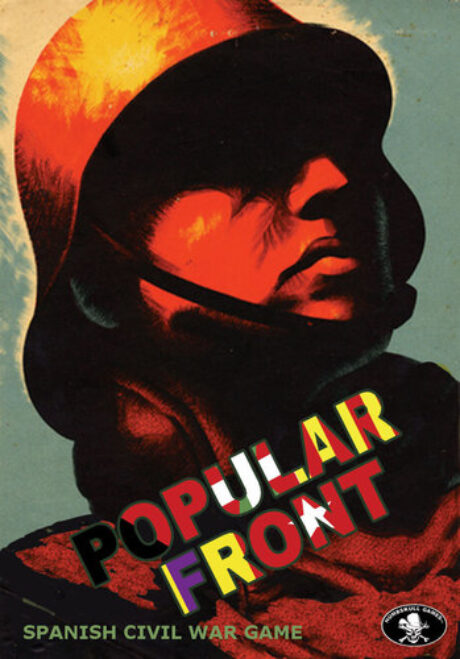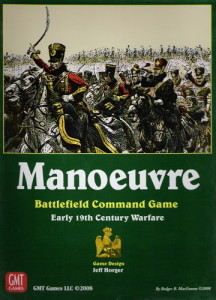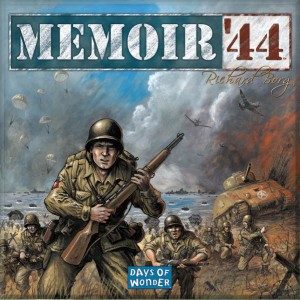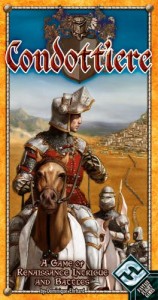- Learning time
- 40 minutes
- First play time
- 120 minutes
Popular Front
Designed by: Alex Stevens,Patrick Stevens
Popular Front is a combat game where players represent parties in the Spanish Civil War: one side the Republicans and the other Franco’s Nationalists. Many war games really embrace intricacy and great (i.e. long) play-length, however Popular Front plays out in around 90 minutes, and is all about strategy. Note that the game plays as either a two-player or two teams: both the Republicans and Nationalists are broken down into three factions that players control.
Play begins by each side setting up the board, which shows a map of Spain. In turn, players add a unit to a city on the board, and they now occupy that city. This setting up is also the start of play, as the positioning of your units is integral to how the game progresses. Players are also dealt cards which can be used either for their numerical value (militarily, or politically) or their special actions: recruit troops means you can add another unit to a city you currently occupy. But – you can only do this when the majority of neighboring cities (which are established by visible links) are friendly. You can also move troops following the same criteria. And, as it’s a game of war, you can obviously attack too: the attacker announces the city they are attacking and then both attacker and defender have the option to add – and continue to add – cards to the battle. They are added one at a time, face down, before being revealed and resolved, also one at a time. When all special actions are resolved both sides tally up the numeric value of their cards and the amount of units they have in battle. The winner takes (or keeps) the city.
Finally you can also take a political action, where you commit cards face-down to a spot on the board; simply put, it translates as how much of your efforts you want to sacrifice from your maneuverings on the board to winning the hearts of the people with some propaganda. At the end of each round these cards are revealed and compared: the side who scores the most moves the political marker moves towards them…
There are two ways to win the game – either using the political/economic track: get your economic marker past the political marker by virtue of grabbing cities from enemy control and playing the special actions on appropriate cards. Or you can go solely militaristic and gain control of six key cities on the map: Madrid, Sevilla, Barcelona, Valencia, Ourense, and Vitoria. If you manage to do so, this is an instant win.
The guru's verdict
-
Take That!
Take That!
It's about War, and a rather bloody one at that. But players (unless there are only 2 or 3 of you) do get to work in teams, so the suffering is shared.
-
Fidget Factor!
Fidget Factor!
Almost none, as long as your opponent doesn't spend an age deciding their move. When they do decide, it pays to be attentive...
-
Brain Burn!
Brain Burn!
Each card only has a couple of options, but there are a few things to consider. Consolidate, or attack? Go militaristic, or go political? You really need to watch developments on the board, and try to anticipate the other sides' moves...
-
Again Again!
Again Again!
If you like Popular Front's cerebral play and combative nature, then both the set-up and the cards ensure variety.








Sam says
I confess I've only played Popular Front twice, so can't claim intimate knowledge of it. Neither my opponent nor I are really big on fighting games (with one or two exceptions) but compared to the blunt my-turn/your-turn gameplay of the likes of Star Wars: Imperial Assault it did seem to be a lot more interesting, open to tactics and strategy on a different level. And although it's not as instantly accessible, it was also a more intriguing play - to me - than the popular Memoir 44. The card artwork - genuine propaganda from the time - is also great.